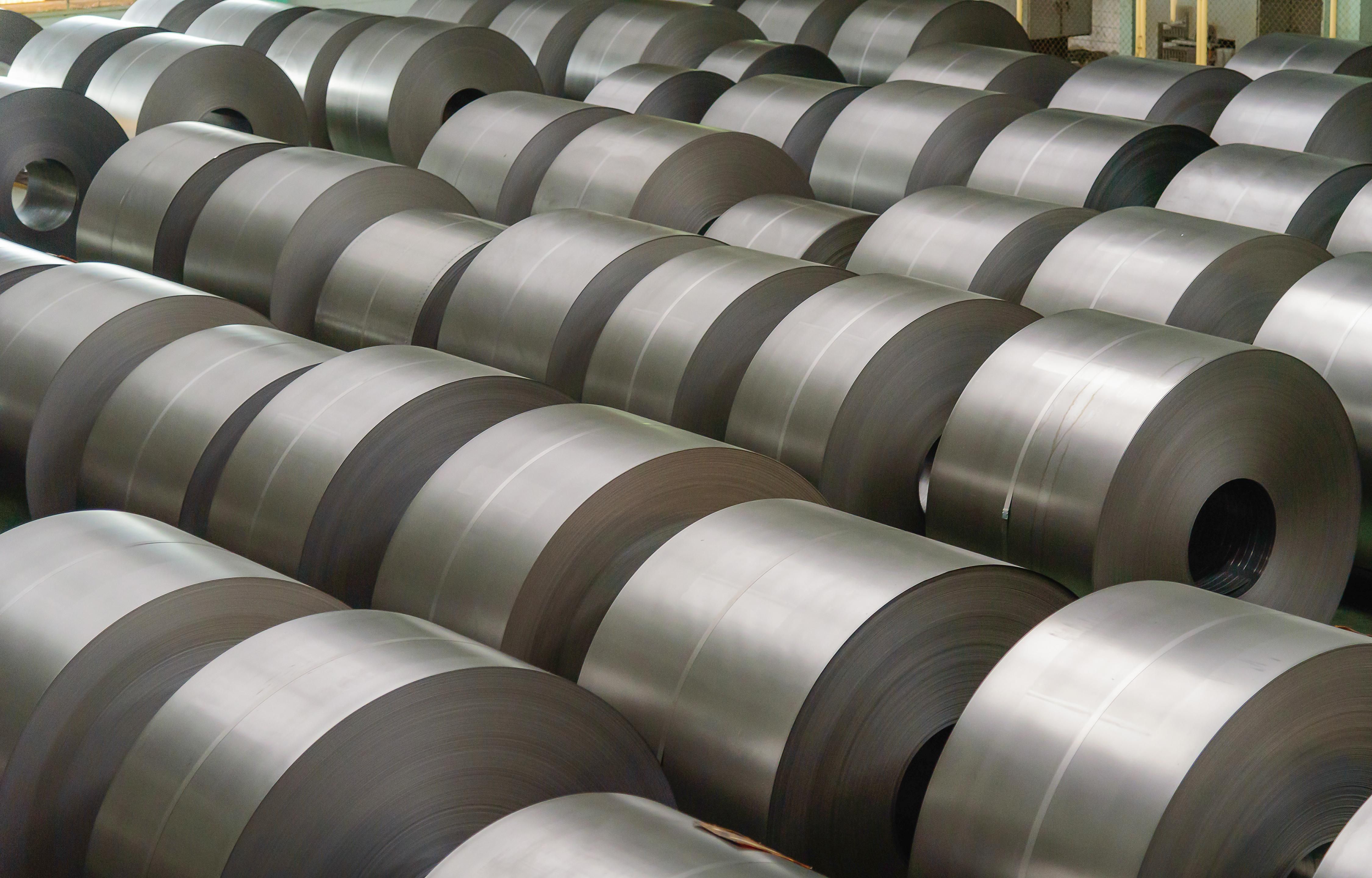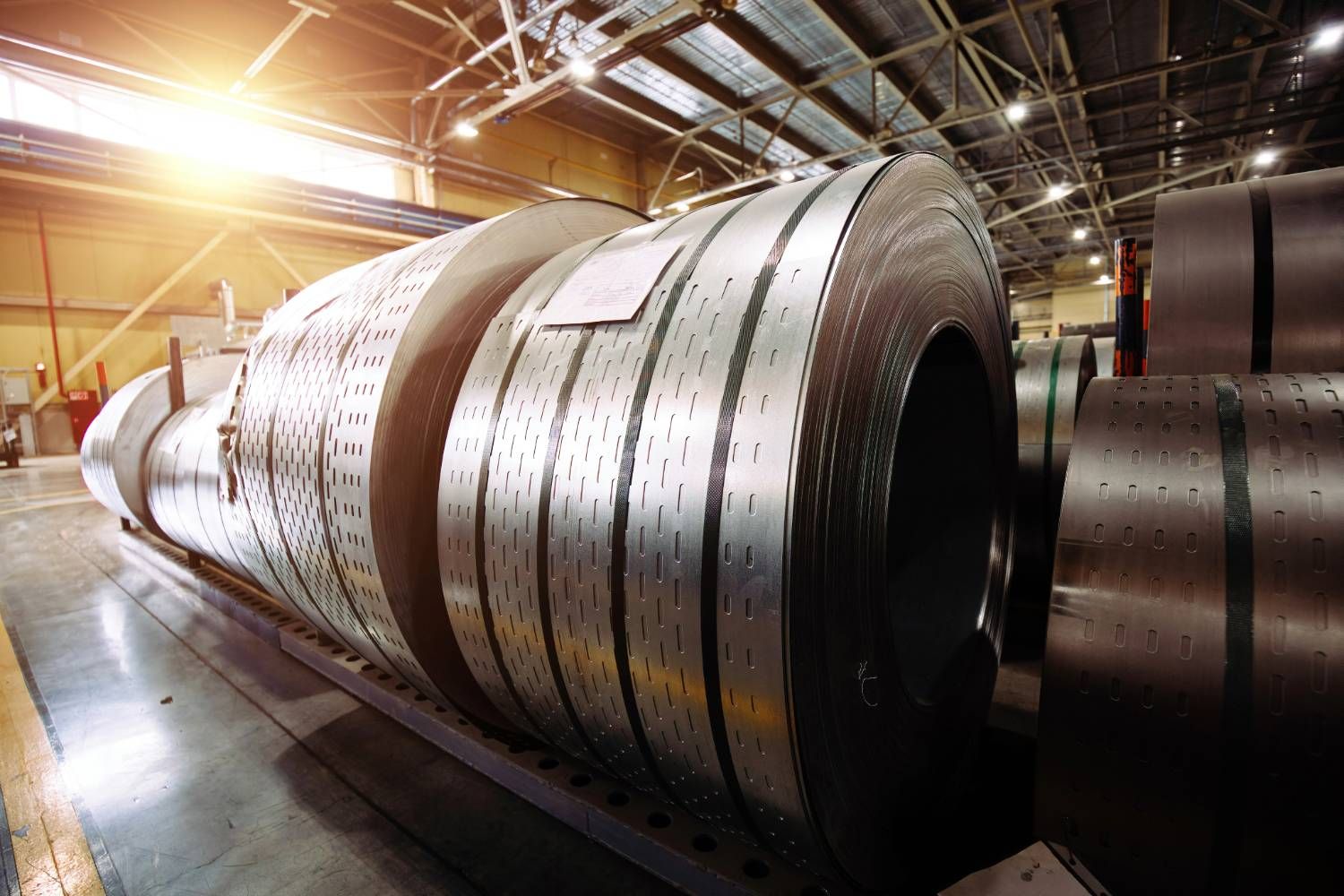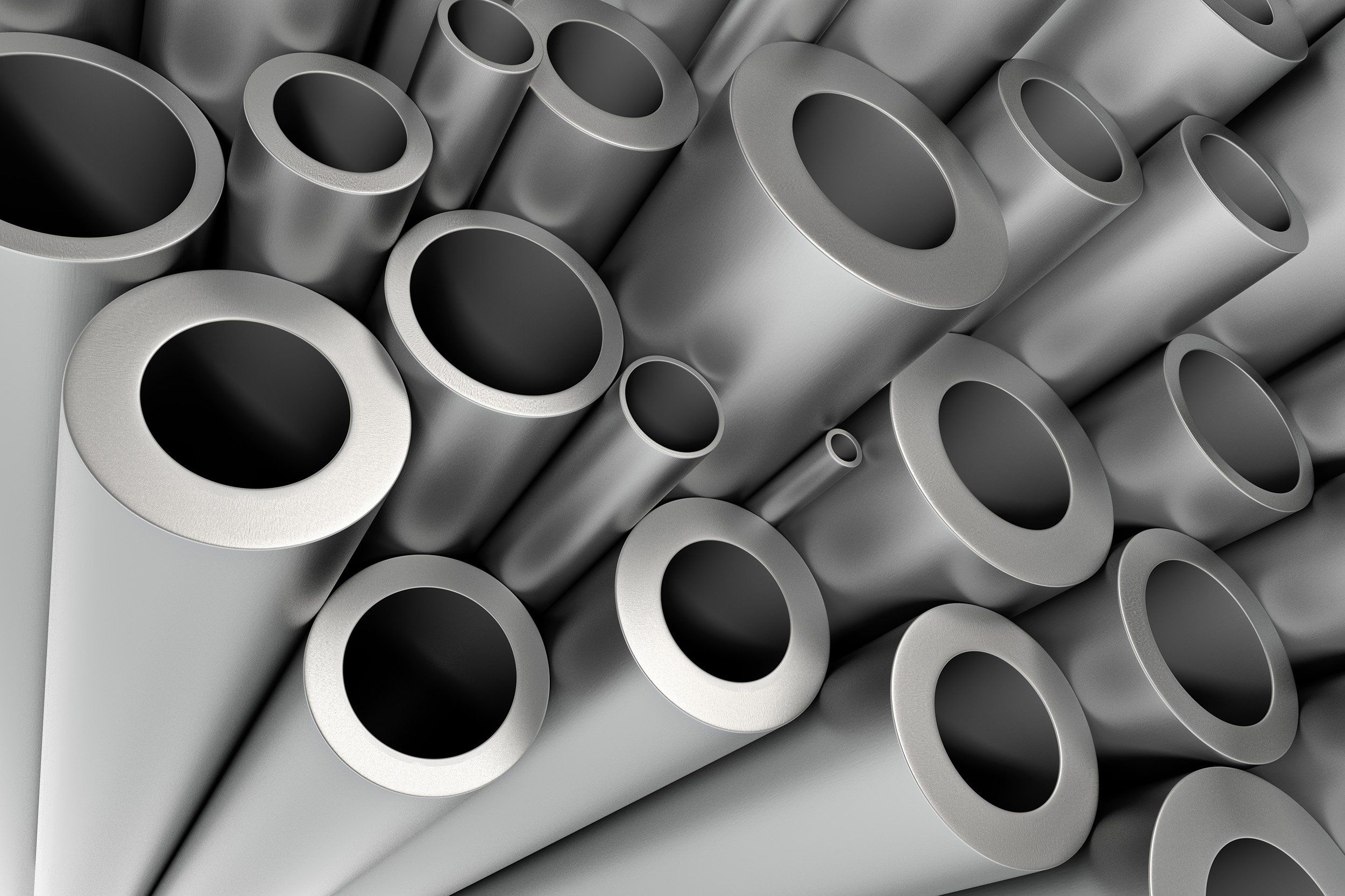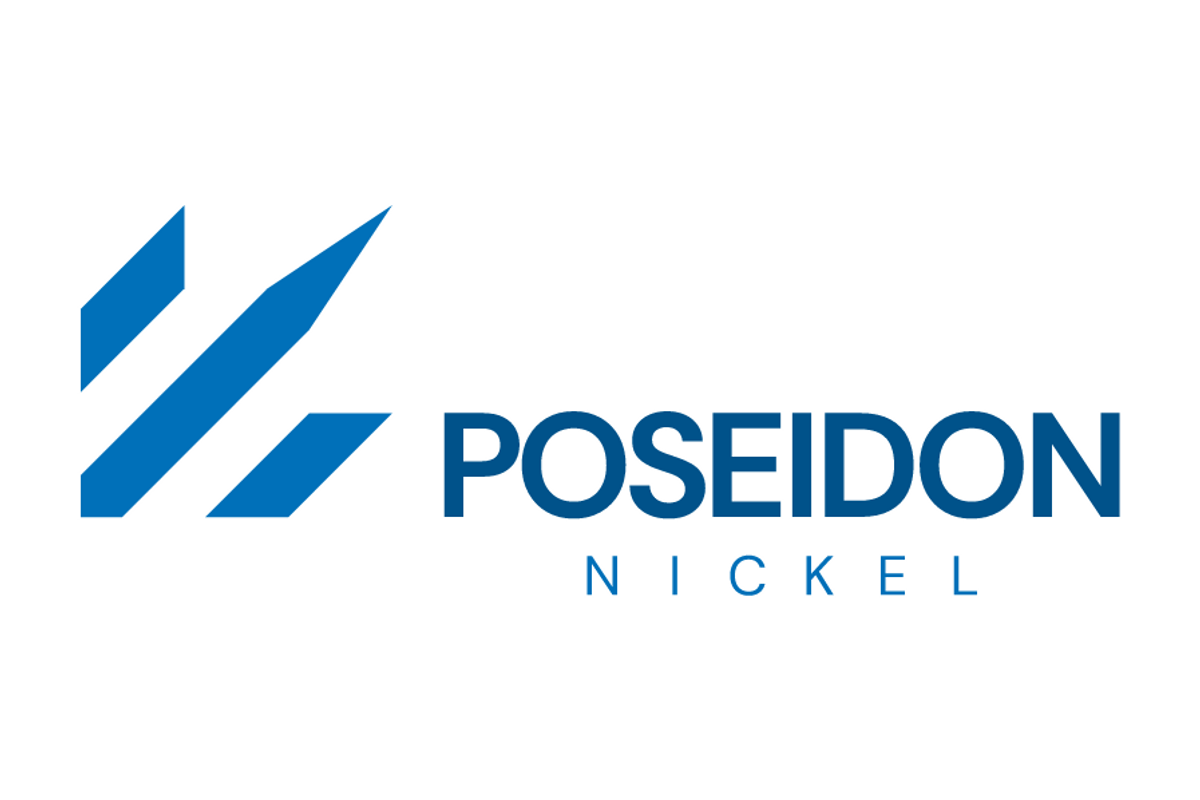
August 14, 2024
Poseidon Nickel (ASX: POS, the Company) is pleased to provide an update of its gold exploration programs across its three projects.
- Geological setting at Black Swan confirmed to be favourable for gold
- Gold bearing structures identified throughout the geological sequence
- Geological setting shown to be very similar to nearby gold mines including Kanowna Belle and Gordon Sirdar
- 52 gold nuggets found so far from the interpreted gold bearing structures
- Low-cost soil sampling program to be completed this month to better define the emerging gold trends. Anomalies identified will be followed up with drilling
- Felsic intrusive copper-gold system indicated at Lake Johnston
- LJPD0032 intersection of 2.26g/t Au and 2.36% Cu confirmed as a mineralised felsic intrusive
- Association of a broad, open ended, Cu-Au soil anomaly at Billy Ray and the likely link to the mineralised Cu-Au drill intersection beneath supports the prospectivity for a larger Cu-Au system
- The Billy Ray Cu-Au soil anomaly is open and strikes into the newly acquired Mantis tenement, presenting a high priority opportunity to undertake a systematic, multi-element soil sampling program for the first time
- Windarra along trend of known gold mineralisation
- Windarra is interpreted to contain strike extensions to the main mineralised gold trend which controls nearby gold camps – Lancefield and Beasley Creek
- Promising gold in soil anomalies within the tenements and over this prospective corridor will also be followed up with modern day soil programs
CEO, Brendan Shalders, commented, “Recent exploration activities have further enhanced the gold prospectivity at Black Swan and Lake Johnston.
Black Swan is located within the Boorara Geological Domain which hosts a number of gold mines including the nearby Kanowna Belle, Mungarra and Gordon Sirdar projects. The 52 gold nuggets recovered to date enhances the prospectivity of the interpreted gold structures that intersect with the geological sequences at Black Swan.
The team plans to complete a soil sampling program at Black Swan this month to further test the gold prospectivity at the project.
At Lake Johnston, further assessment of the open-ended broad Billy Ray gold in soil anomaly has also confirmed coincident copper anomalism. When considering the likely link to the previously reported LJPD0032 drill intersection grading 2.26g/t Au and 2.36% Cu in a mineralised felsic intrusive, support is building for a larger Cu-Au system in the area. Planned soil sampling across the Mantis tenement will include other important pathfinder elements useful in targeting intrusive related gold systems (Bi-Sb-Tb- As-Te-Ag), which were not assayed historically.
When considering the historical nickel focus at all of our projects, there has been very little sustained exploration for other commodities despite all three projects being located in the heart of the Eastern Goldfields region of Western Australia.
The recently reported gold anomalies at Windarra, the increased gold prospectivity at Black Swan and the growing Cu-Au potential at Lake Johnston all offer exciting opportunities to carry out low-cost, high reward exploration programs whilst maintaining our nickel resources and infrastructure options.
The pleasing progress reported today and planned programs remain consistent with our strategy to assess the greenfields potential for multiple commodities across all three of Poseidon’s projects.”
Black Swan Geology Setting Favourable for Gold Mineralisation
The Black Swan project is situated west of the Mt Monger Fault amongst a series of interpreted secondary structures emanating from the primary fault which are commonly associated with gold mineralisation. The secondary structures are similar to those controlling the Golden Valley and Kanowna Sequence which hosts a number of large gold deposits including Kanowna Belle and Gordon Sirdar (see Figure 1).
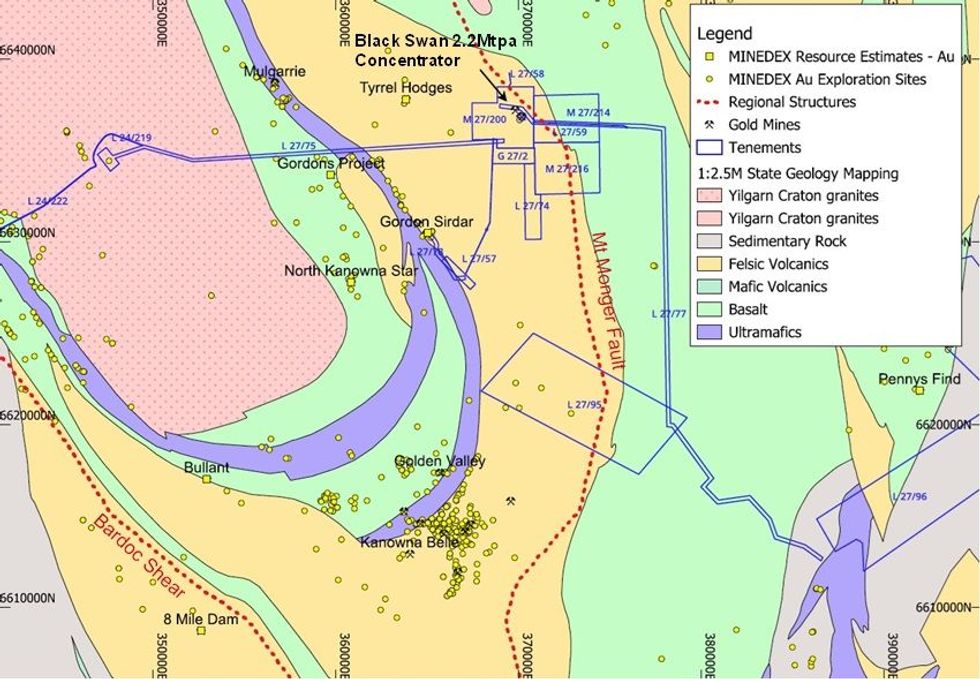
Komatiitic nickel deposits such as Black Swan occur as channel like features that are interpreted to be following very early-stage crustal scale structures that remain active throughout the Earth’s geological history. These long-lived structures may become reactivated during the gold mineralising events meaning that separate nickel and gold mineralisation events can share common structural associations (i.e. Beta Hunt).
Following on from the recently reported gold nuggets discovered at Black Swan, metal detecting programs have so far recovered a total of 52 gold nuggets with a combined weight of 17.9 grams.
The nuggets are small in size (typically <0.6 grams in weight) and angular, indicating limited mobility and in-situ formation from a likely nearby source. The nuggets have been found clustered in a single area with the remainder of the tenements not yet tested.
A recent field trip noted the gold nuggets are mapped within hangingwall felsic volcanics with areas of quartz veining and breccias, and ferruginous lag which could be a source for gold mineralisation.
Click here for the full ASX Release
This article includes content from Poseidon Nickel Limited, licensed for the purpose of publishing on Investing News Australia. This article does not constitute financial product advice. It is your responsibility to perform proper due diligence before acting upon any information provided here. Please refer to our full disclaimer here.
The Conversation (0)
23 December
Top 5 ASX Nickel Stocks of 2025
Although countries around the world have been adding nickel to their critical minerals lists, many nickel companies have faced difficulties due to a tough price environment.Nickel prices stagnated during the second half of 2025 as market surpluses met weak demand growth.Much of the supply... Keep Reading...
22 December
Nickel Price Forecast: Top Trends for Nickel in 2026
Nickel prices were stagnant in 2025, trading around US$15,000 per metric ton (MT) for much of the year.Weighing heavily on the metal was persistent oversupply from Indonesian operations. Meanwhile, sentiment remained weak amid soft demand growth from the construction and manufacturing sectors,... Keep Reading...
22 December
Lundin to Sell Eagle Nickel-Copper Mine and Humboldt Mill to Talon Metals
Lundin Mining (TSX:LUN,OTC Pink:LUNMF) has agreed to sell its Eagle mine and Humboldt mill in Michigan to Talon Metals (TSX:TLO,OTCID:TLOFF), pivoting its US-based operations to focus on domestic supply. The transaction will see Lundin Mining receive 275.2 million Talon shares, representing 18.4... Keep Reading...
19 December
Nickel Price 2025 Year-End Review
After peaking above US$20,000 per metric ton (MT) in May 2024, nickel prices have trended steadily down. Behind the numbers is persistent oversupply driven by high output from Indonesia, the world’s largest nickel producer. At the same time, demand from China's manufacturing and construction... Keep Reading...
01 December
Tartisan Nickel Corp. Acquires Apex Claims Contiguous to the Kenbridge Nickel Copper Cobalt Project, Northwestern, Ontario
Tartisan Nickel Corp. (CSE: TN,OTC:TTSRF) (OTCQB: TTSRF) (FSE: 8TA) ("Tartisan", or the "Company") is pleased to announce that it has completed the purchase of three claims historically identified as the "Apex Claims" located in the Atikwa Lake region, in the Kenora Mining District, Northwestern... Keep Reading...
03 November
Top 5 Canadian Nickel Stocks of 2025
Nickel prices have experienced volatility in the past few years due to supply and demand uncertainty. While demand has been consistent, prices have been mainly influenced by structural oversupply stemming from high output from Indonesia, which rapidly increased output in recent years to become... Keep Reading...
Latest News
Interactive Chart
Latest Press Releases
Steadright Grants Stock Options
24 December
Silverco Confirms No Material Change
24 December
Related News
TOP STOCKS
American Battery4.030.24
Aion Therapeutic0.10-0.01
Cybin Corp2.140.00
